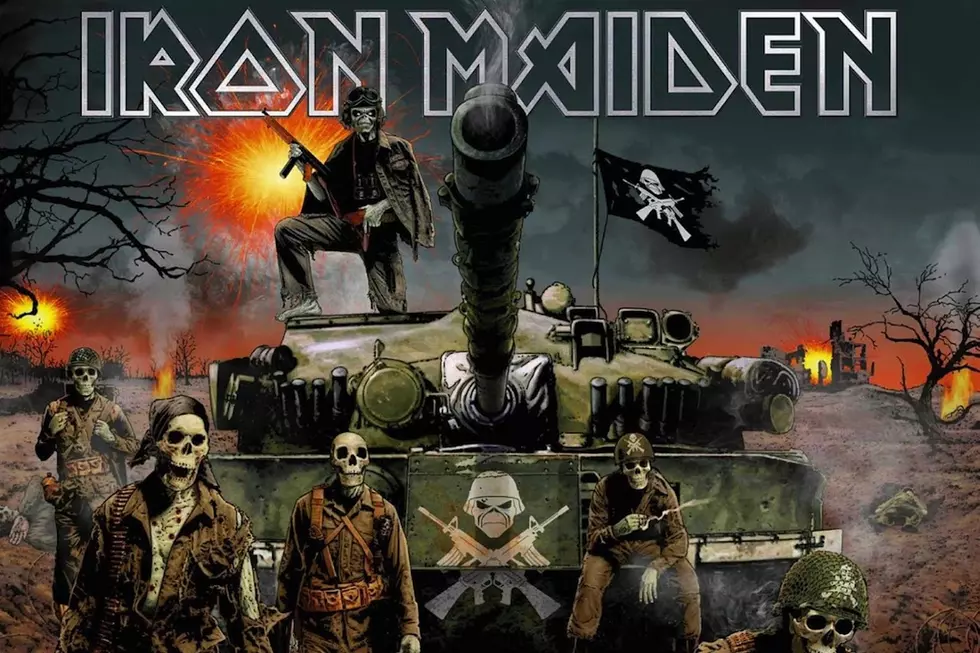
When Iron Maiden Got Serious on ‘A Matter of Life and Death’
Thirty years or so into their storied career, Iron Maiden had nothing left to prove. But you wouldn’t have known it from the ambitious songwriting and still-hungry attitude that fueled A Matter of Life and Death, released on Aug. 28, 2006.
The band’s previous album, 2003’s Dance of Death, had sold well and yielded two world tours of typically colossal proportions. But its songs were widely deemed to be inconsistent, and it’s fair to say that the rose-tinted glasses that had welcomed the return of Bruce Dickinson and Adrian Smith for 2000’s Brave New World had been placed back in their cases.
Iron Maiden, to their credit, knew their legacy was only as secure as their last album, and so they threw themselves into writing songs for A Matter of Life and Death in the waning months of 2005, before reconvening with producer Kevin Shirley for recording between March and May of the following year. Things went so smoothly that the album was completed two months sooner than anticipated – quite a feat seeing it featured more complex compositions than arguably any other Iron Maiden album.
These uncompromising intentions were laid bare by the album’s first single, “The Reincarnation of Benjamin Breeg,” which clocked in at a radio-unfriendly seven-and-a-half minutes and set the tone for an epic-packed 72-minute collection focused on themes of death and war across mankind’s bloody history.
Among the standouts, “These Colours Don't Run” challenged the deadly price of patriotism on the front lines, the stunning “Brighter Than a Thousand Suns” predicted nuclear apocalypse in no uncertain terms and “The Longest Day” transported listeners in vivid detail to the beaches of Normandy on June 6, 1944.
By contrast, other songs like “The Pilgrim,” “For the Greater Good of God” and ”Lord of Light” took unfailing aim at organized religion’s frequent role in all of these conflicts, wielding biting words and nightmarish imagery more frightening than the average black metal album, and culminating in the pessimistic outlook of “The Legacy.”
A Matter of Life and Death was a “statement album,” and Iron Maiden left no doubt about that when they decided to perform it in its entirety on their world tour. This proved a stern test for even some of the band’s most loyal fans, but not as many of those who grasped the scale of Iron Maiden’s achievement when battered by its sobering message and musical beauty in concert.
Even now, A Matter of Life and Death still stands as one of the strongest Iron Maiden albums of the new millennium. And that's saying something.
See Iron Maiden Among the Top 50 Heavy Metal Albums
More From Ultimate Classic Rock









